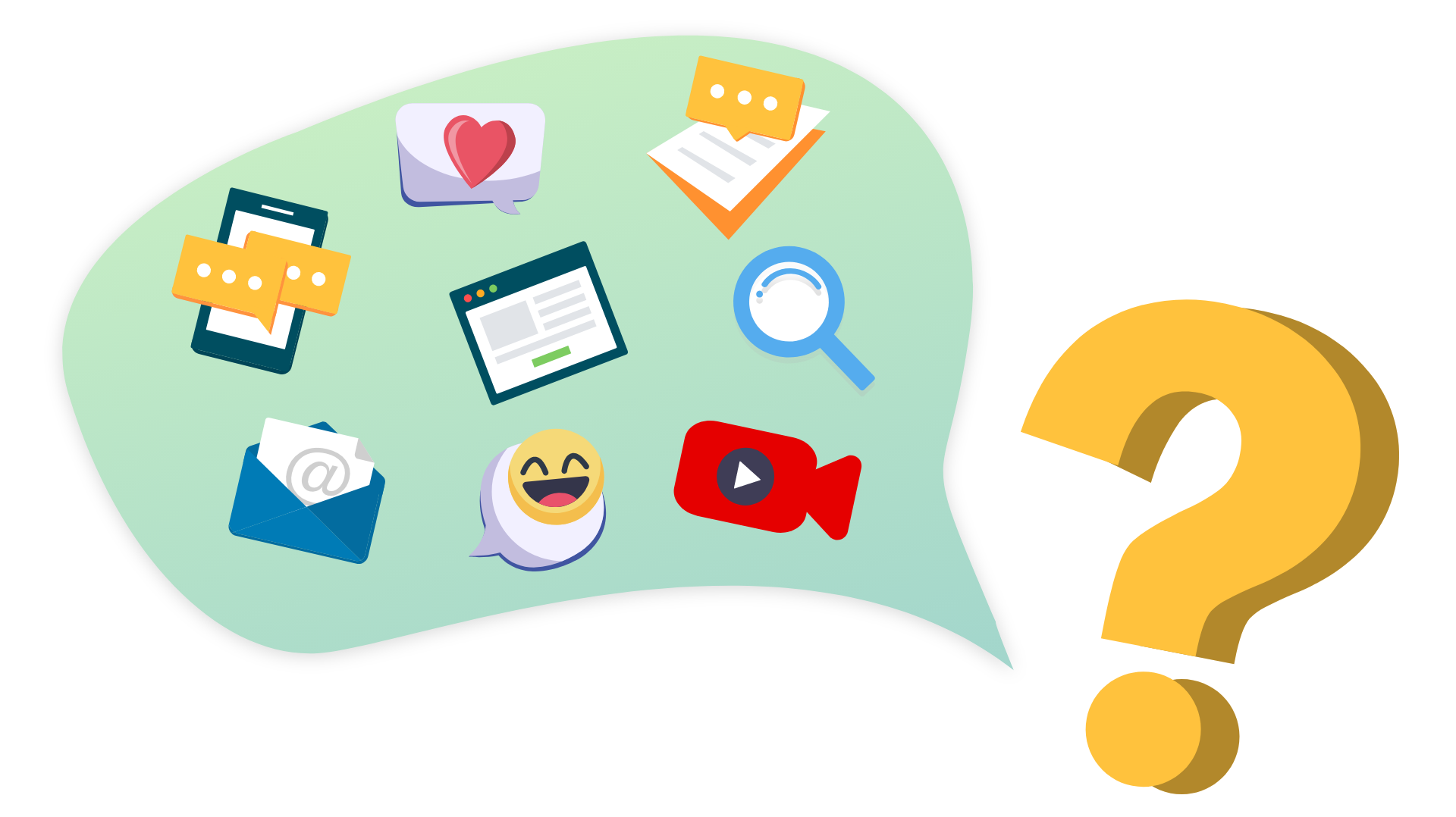
A marketer or not, the number of marketing channels on which you can reach your customers is constantly increasing.
Here’s some good news: choosing the right channels to reach your customers shouldn’t be overwhelming.
You don’t have to be on every channel out there; you should choose the channels that make sense for your business and which will help you grow. If your customers are baby boomers, they don’t hang out on Tik Tok.
Marketing Channels: An Explanation
Marketing channels are any platforms, methods, and channels used by a company for marketing activities, communication, and making sure their products reach the end-user.
When we mention marketing channels, we refer to digital (website, social media, email, webinars, etc.) and print (letters, postcards, magazines, brochures, etc.).
The list of marketing channels for communicating with your customers is quite long, and some of those listed can be further broken down, like social media.
Potential platforms and channels can be anything from email, ads, billboards, commercials, catalogs, QR codes to events, podcasts, webinars, point of sale displays, SEO, SMS, live chats, and more.
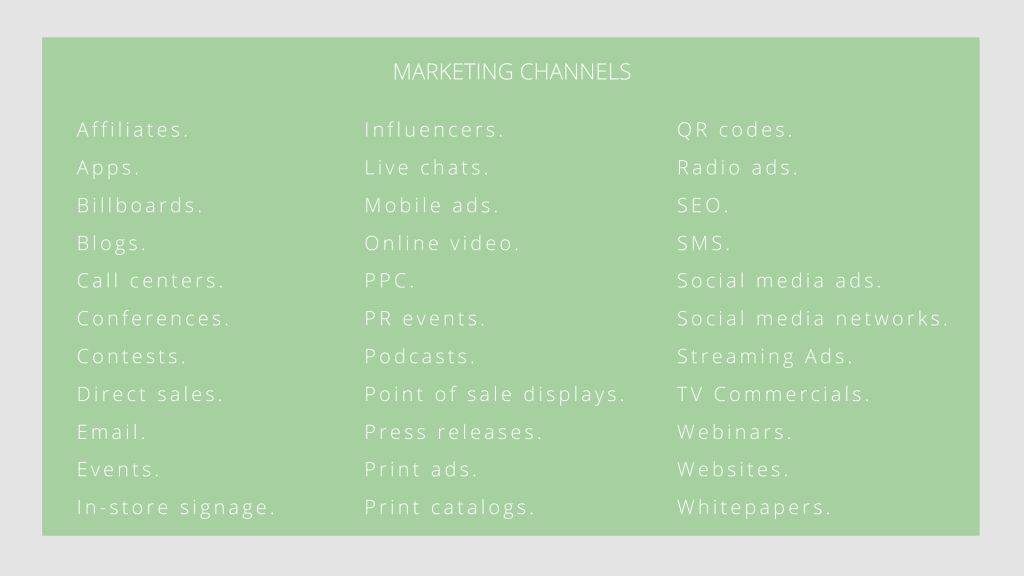
Which Marketing Channels Should You Focus On?
The list above is enough to give you a panic attack, so let’s move onto the good part. You don’t need to stretch yourself, your resources, and your business across every channel. That doesn’t guarantee success. Start with the basics, and as you learn where your audience hangs out, you can expand and test new channels.
Here are the marketing channels that have proven to be the most effective for most businesses:
- Website
- Blog
- SEO (search engine optimization)
- PPC (pay-per-click)
- Social media
- Video
Website
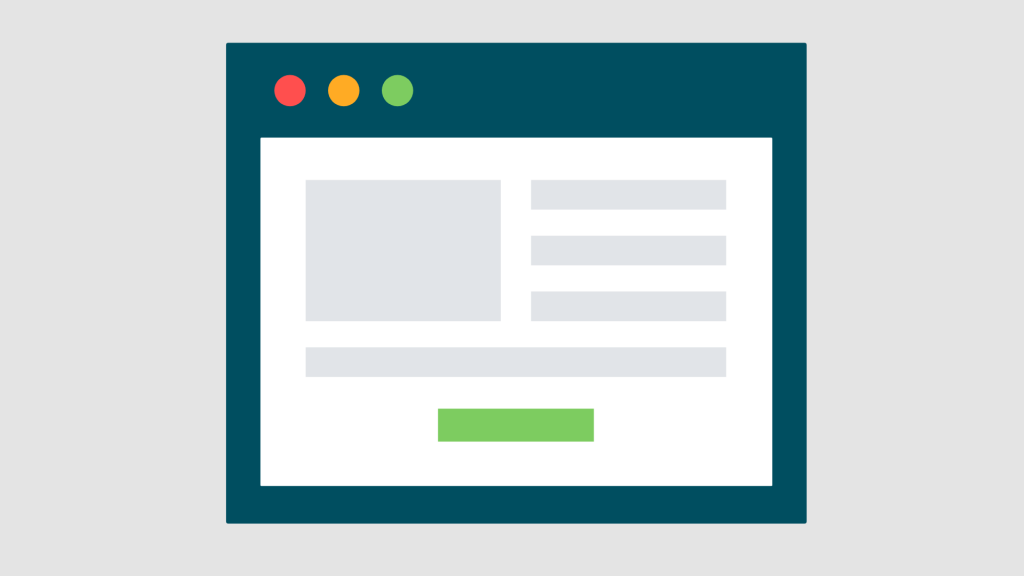
Your website is an important channel. An optimized site will provide smooth customer experience, whether visitors want to learn more about your business, contact your support, sign up for your service or newsletter.
A messy website that is not easy to navigate will cause people to leave right away. This will increase your bounce rate and can affect your SEO, as well.
Starter-pack tips for a great website:
Audit your website. For a free tool, Google’s PageSpeed Insights does a great job. Check your load speed, site and URL structure, any errors that need to be fixed by your developers, how your pages are rendered on mobile, missing titles and meta descriptions, keywords you are ranking for. This will show you the state of your website and show you what should be improved. Our advice is to prioritize the fixes, start with the most important, and go from there.
Optimize for mobile. We live in a mobile world. So make sure your website and its pages look good on mobile and load fast.
Analyze data to learn how your website performs. Again, Google has great free tools like Analytics and Search Console that can help you; all you need is set up an account an connect your website.
See how you rank, which pages perform great, and which ones don’t, check for places visitors may drop out, your CTR and conversion rate, the time visitors spend on your pages, and more. Data helps you make informed decisions and focus your efforts where needed.
Blog

Your content, blog, e-books, papers, presentations, etc., are what hooks visitors and readers. Valuable and quality content proves that you know what you are talking about, making it easier for people to trust you.
Content helps you build relationships with your audience and guides them through the different stages of your funnel. Each stage requires different types of content to encourage visitors to become leads, then customers, and, hopefully, promoters.
Starter-pack tips for successful content:
Understand the search intent. Research to see if the topic is worth writing about. If the answer is yes, find out the reason why people are searching for it. You’ll create relevant content by ensuring that your content matches the user’s search intent (informational, navigational, transactional, or commercial).
Try different content formats. This can depend on your goal and the topic. Some perform better as list posts others as videos. A smart approach is to turn a piece of content into different formats. This can increase its visibility and engagement and help you share it across channels where one format dominates over the others.
Promote your content across channels. Don’t just create, publish, and wait for a miracle. You’ll waste the content’s potential. Share it on social media, send it to your subscribers, or you can even use paid ads to promote and attract new readers.
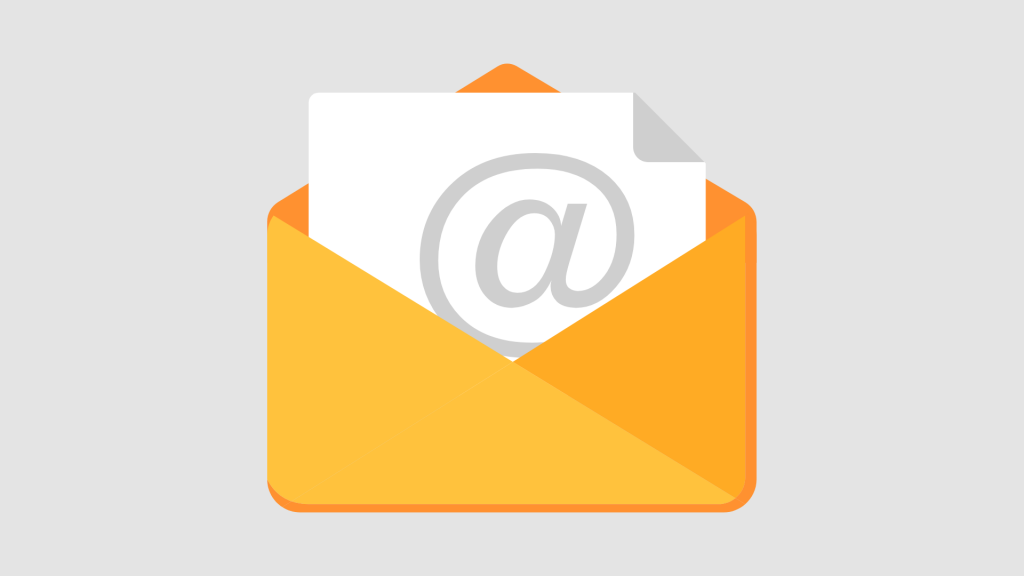
Email marketing has enormous potential when used right (as any other channel!). Communication via email can have a massive impact on your business and turn leads into customers and nurture both potential and existing customers.
If people share their email address with you and agree to receive your content, they are ready to hear what you have to say.
Starter-pack tips for sending emails:
Have permission to send emails. Have a clear opt-in and opt-out, and follow privacy laws like GDPR. The neat thing is that those that have opted in are willing to receive your emails. Ain’t that nice.
Use subject lines that will increase open rates. If your subject is a bummer, no matter how great the email is, it won’t see the light of day. It’s best to test your subject lines before clicking send. And if you need a response on your email and get none, try improving the follow-up email subject line.
Make the email personal and valuable. Don’t send emails just for the sake of sending emails. People don’t want to read things that they are not interested in.
Don’t spam subscribers. Sending too often without approval will mark you as a spammer. You can end up in the spam folder for other reasons as well. Some of the main things to watch out for are inactive subscribers, sending frequency and quantity, spam trigger words, and your sender name.
Combine emails with landing pages. Tailored landing pages that fit the message of the email or offer more info about a certain topic will increase your engagement or conversion rate, depending on your goal.
Social media
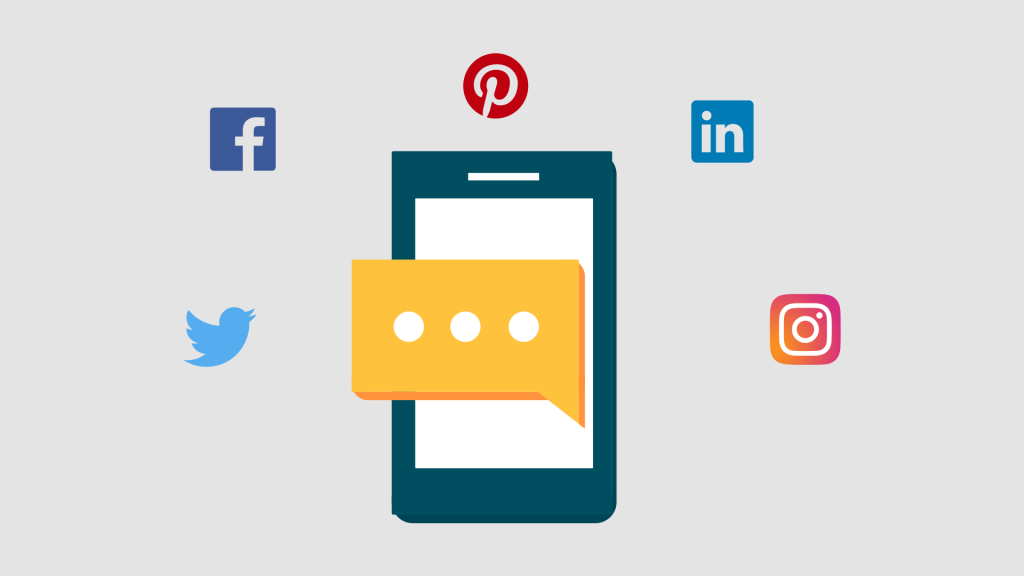
We live in a world of social media scrolling, sharing, liking, and commenting. It’s no wonder brands use social media to raise awareness, build relationships and communities by telling their story and sharing stories of their customers.
It’s also quite common to use social media for research before making a final purchase decision.
So, being present and active on social media should be a no-brainer.
Starter-pack tips for social media:
Pick the channels that work for your brand; don’t spread yourself too thin. Find out where your potential customers hang out and start from there. You can always scale in the future.
Focus on building relationships, not making sales. Social media is about fun and interaction with customers. Don’t shove sales pitches and messages in their faces.
Be genuine and transparent. Handle negative comments with grace and be honest. People will trust you even more after that.
SEO
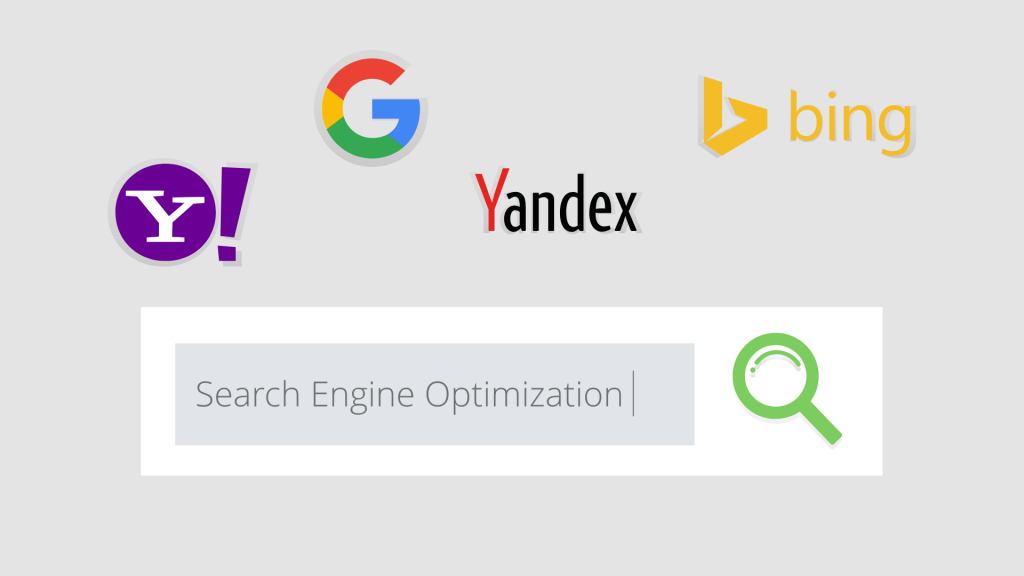
When people search, you want them to find your offer and realize it’s the one, instead of your competitor’s offer. This is where SEO steps in, helping you bring potential customers to your website.
However, SEO is about long-term results. When it comes to SEO, many factors play a role in helping you become a trustworthy and authoritative source of information.
Starter-pack tips for SEO:
Only do white-hat SEO. Say no to black-hat techniques that can do more harm than help you. Follow the search engine guidelines and advice from SEO experts. The SEO community is super helpful, and they’ll answer any of your questions.
Start by doing an audit. This will tell you what needs to be fixed, optimized, or removed. It can be overwhelming but fix the critical errors first and then onto the less significant and so on.
Evolve as SEO practices do. Read, research, and follow what is happening in the SEO world. It’s a fast-paced field, but the proven evergreen practices still hold ground.
Do SEO for the people, not search engines. Sound natural and understand the search intent, know what people search for, and why. It’s easy to get carried away and end up stuffing keywords everywhere. Nobody wants to read that, and nobody will, and it won’t help you rank either.
PPC
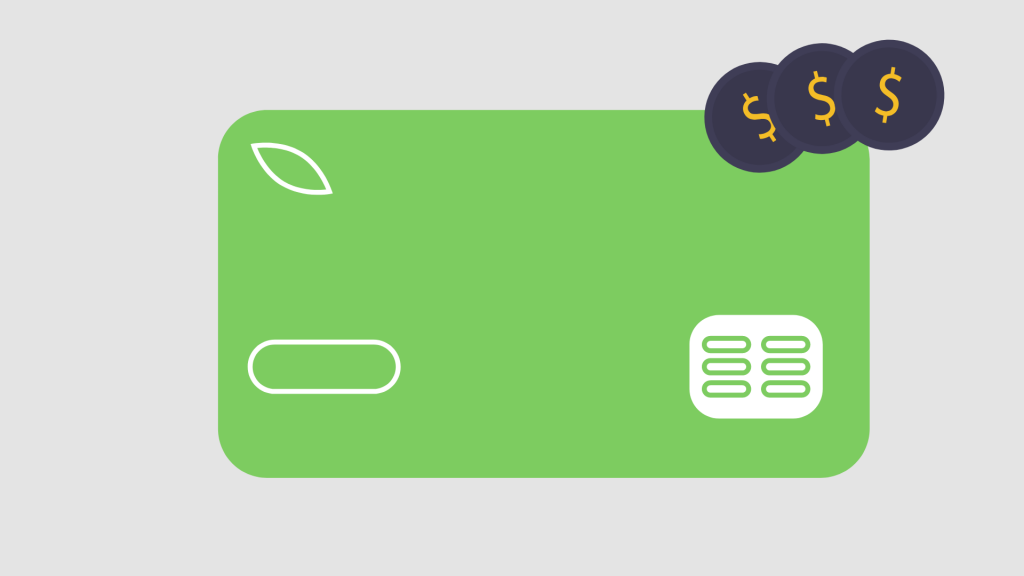
Unlike SEO, paid ads are used for short-term results, and they’ll cost you money. You pay for ads on social media platforms or search engines to get traffic and visibility.
Paid Ads put your brand and services on the map faster, and combined with SEO can give amazing results.
Starter-pack practices for PPC:
Set up a budget. Prices differ across platforms, countries, industries, and depend on the keywords you bid. If you are new in the game, start by research and testing to see what budget will work for you. Too small of a budget can give no results, and you can quickly burn through a bigger budget in no time. Once you find the middle ground and what your business can afford, you can start increasing your budget and invest more in paid advertising.
Know your goal and target audience. If you miss your target audience, all that money will be spent in vain, and you’ll miss your goal.
Tip: Read up on advice from established experts. They share experiences and mistakes they’ve made and how to avoid them.
Video
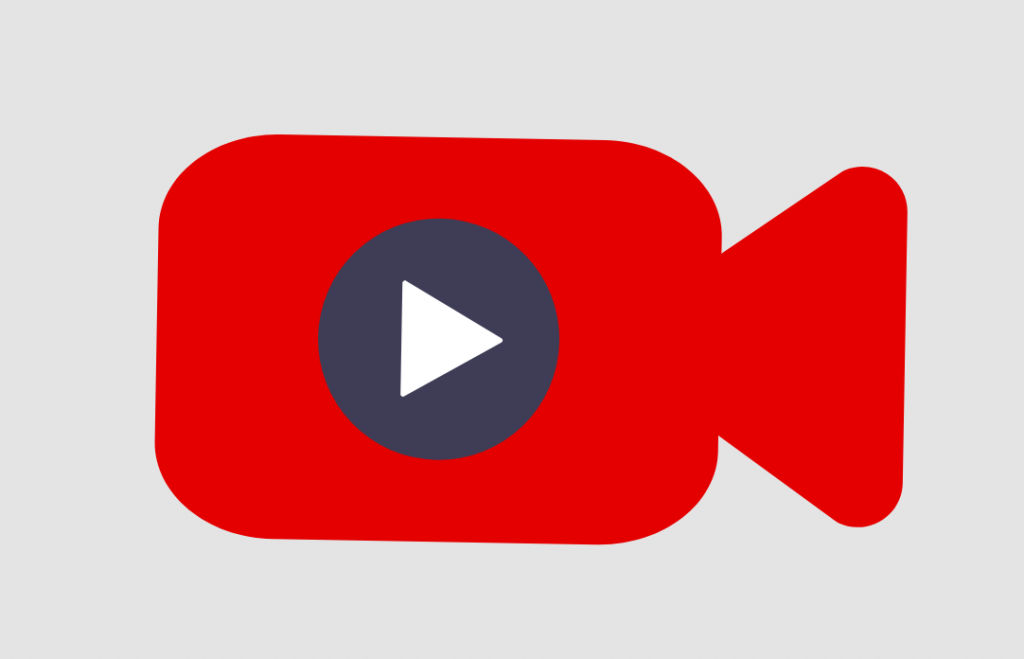
The video format is popular because it’s a lot easier to watch a video than read a long-form piece. Video is proven to be effective, especially with the how-to type of content. You can’t go wrong with adding video into your content mix.
Starter-pack tips for video content:
Follow a script. Don’t go blindly into video production. This will take longer, can cause frustrations, and may even require re-shoots.
Optimize your videos. Yes, there’s a thing called Video SEO. This includes anything from keywords, tags, transcript, title and description, and more.
Go cost-free with social video formats. Social media lets you create and publish video content using your phone. Personal raw content that is recorded on the spot without any editing performs great and is excellent for a sneak-peek behind the scenes.
Multi-Channel, Cross-Channel, & Omni-channel Marketing: What’s the Difference?
Boy, that’s a mouthful of channels. However, it’s good to know what these mean. You’ll recognize which approach your business uses and if you want to switch it up.
Multi-channel: Not connected channels.
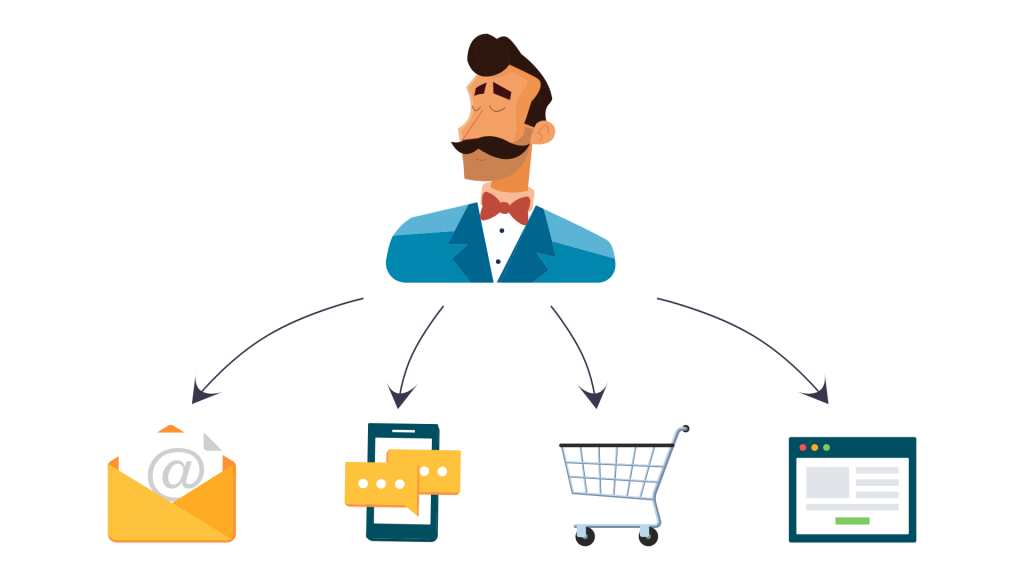
Using more than one channel to reach your customers, but the channels exist independently, and there’s no communication between them.
Example: You’ve received a discount code in your mail and decide to use it in an electronics webshop because you need a new set of headphones. Before you can finish your purchase, your phone rings, you get distracted and forget to complete it. After work, you sit down to finish your purchase, but you have to start all over because your activity was not recorded.
Cross-channel: Connected channels.
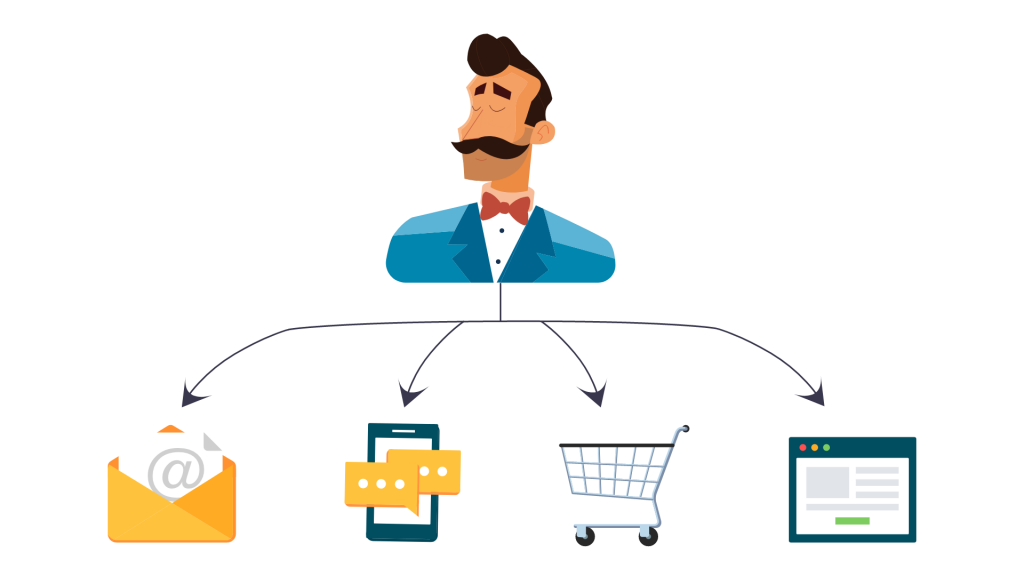
Using more than one channel to reach your customers, but the channels are connected, and they communicate information about the customer. This means that the customer can jump from one to another channel without a break in the communication process.
Most businesses use this type of cross-channel marketing. Some combine only online channels, while others use a mix of online and offline channels.
Example: In this case, you can complete your shopping from where you left off. You would probably also receive an email or SMS to remind you that you have abandoned your cart with a link that takes you straight to it. After your purchase, you will receive a thank you email and with a discount coupon for your next purchase.
Omni-channel: Interconnected channels.
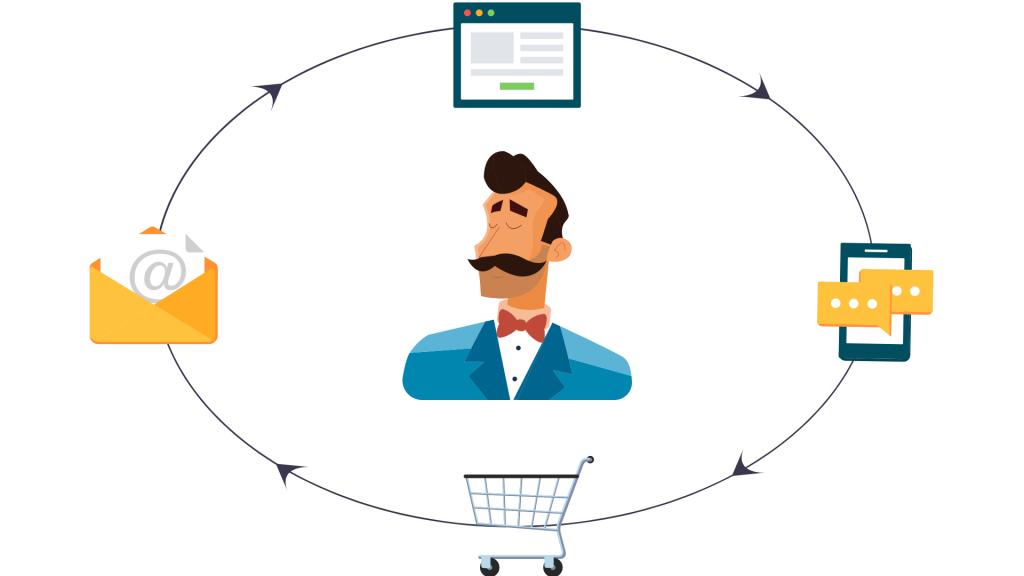
Using more than one channel to reach your customers, but the channels are interconnected and interactive, allowing for maximum customer engagement. This removes all barriers between online and offline channels giving the customer the ultimate experience. Omnichannel marketing requires a bit more investment and resources.
Example: Let’s return to your shopping. You’ve bought the headphones, and next time you go to the webshop, you see a personalized dashboard with related products, promotions, and recommendations based on your purchase. You decide to buy some more equipment and head down to the store to use your coupon. The salesperson knows what you have purchased and can recommend a keyboard and mouse from the same brand with great performances. After you buy your keyboard, because the salesperson has your email, you’ll receive the store’s return policy in your inbox alongside contact information in case you have any questions about your new tech goods.
How to Choose the Right Marketing Channels?
First things first, see which channels you are using now and how they are performing. Then you can decide which ones you would like to add to your strategy.
You can always add new ones (make sure you have the time and resources to handle them) or remove old ones that don’t produce any results. That’s why it’s crucial to go over your strategy from time to time.
Which Channels Produce Great Results?
You should know which channels are effective for your business. What works for one industry or business does not mean it will work for you.
That’s why you analyze how it performs and what does that mean for your business. See what the data tells you in your Google Analytics account, check reports and analytics from different platforms, or any other tools you use.
You can use different metrics to measure the results from various channels. You don’t need to use and know every metric out there, but you can start with the basic ones and learn in time.
If there are no benefits from using a specific channel, decide if it’s smart to keep it in your strategy or if it’s time to remove it. This way, you can focus on those channels that show results and keep you on track to achieve your goals.
In the end, what is important to remember is to start with a few channels that fit your business strategy. Once you feel like you have a good grip on those, you can add one channel at a time and see if it will work for you.
Don’t forget to measure the performance of each channel. As you grow and learn, you’ll be able to master more.
